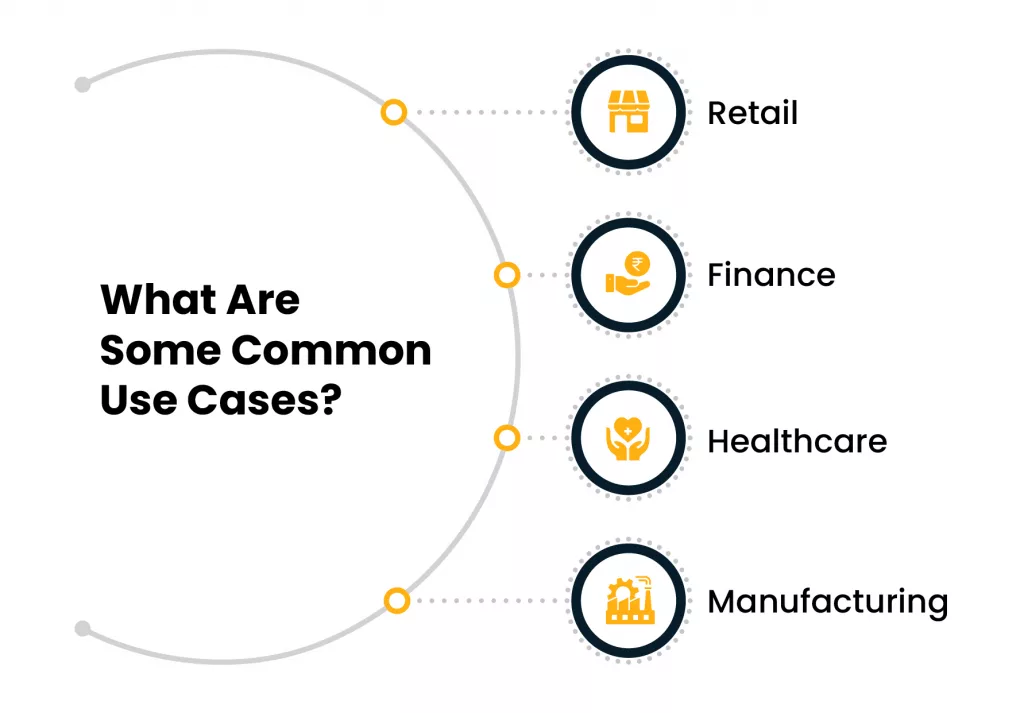Businesses today are surrounded by data. Sales numbers, customer behavior, website activity, product performance—virtually every part of a business produces data. The challenge is turning that information into something useful. This is where artificial intelligence (AI) enhances business intelligence (BI).
However, AI in BI is not here to replace people. Instead, it will make the whole process of working with data quicker, easier, and more useful.
The end goal is simple: better decisions, fewer mistakes, and faster results.
What Business Intelligence Used to Look Like
Traditional business intelligence tools were primarily retrospective. Businesses relied on manually pulling reports, study charts, and try to figure out what had already happened. It worked, but it was slow. And it relied heavily on skilled analysts to interpret the numbers.
Now, AI in business intelligence is shifting that approach. It helps companies use current data to understand what’s happening now and what’s likely to happen next. This makes the whole decision-making process much more responsive.
Why Does AI Matter in Business Intelligence?
AI makes business intelligence more practical for everyday use.
- It eliminates slow steps
- It makes sense of large data sets without manual effort
- It gives teams direct access to insights without requiring a background in data science
In fact, a recent survey found that 67% of business leaders are already using generative AI for data and analytics. This statistic shows how common these tools have become, as companies look for faster ways to understand and act on their data.
What Advantages are Businesses Seeing?
AI has been helping businesses for a long time now! But let’s see some of the important scenarios how AI has been an advantage for businesses:
Speed and Scale
Decision-makers no longer have to wait for weekly or monthly reports. With AI-powered analytics tools, data updates in real time. That means managers and teams get the information they need almost immediately. They can act on it without delay, whether it is;
- A drop in sales
- A rise in customer complaints
- Changes in supply chain performance
This helps teams avoid problems before they grow and respond quickly when things change.
Accurate Forecasting
One of the biggest strengths of AI in business intelligence is how it handles forecasting. It uses past data, tracks real-time changes, and looks for patterns that help predict what’s coming next. This is useful in many areas—sales planning, inventory control, budgeting, staffing, and marketing.
A well-trained AI system works with what’s actually happening and shows the likely outcome based on trends. This leads to better planning across the board.
Simpler Reporting for Everyone
It is not necessary for every team member to have analytics training. Businesses can provide reports that are understandable to all users by using an AI-powered analytics tool. These technologies highlight important facts, provide clear information, and even recommend actions based on the data.
This opens up data use to more people across the company, not just analysts or managers.
More Useful Insights
Sometimes, patterns in data are buried too deep for a basic tool to find. AI in business intelligence helps surface those trends.
It can compare performance between locations, examine client behavior across several platforms, or track the effects of a change over time. Businesses will have a better understanding of what is and is not functioning rather than depending on assumptions or insufficient reporting.
What Are Some Common Use Cases?

Let’s look at some real-world examples where this is already making an impact.
Retail
Retailers use AI-powered analytics tools to study buying behavior. They look at how customers shop, what they click on, and what they avoid. This helps with pricing, promotions, inventory levels, and even product placement.
Rather than reacting to poor sales, stores adjust their strategies as soon as patterns shift.
Finance
Financial teams use AI to analyze transactions in real time. This helps flag potential fraud, catch unusual spending, and check for errors. It protects money, helps you stay compliant, and spot problems early.
Healthcare
In healthcare, AI in business intelligence is helping improve patient care. Hospitals track patient flows, treatment outcomes, and staff schedules. This leads to better resource planning, shorter wait times, and more efficient use of medical staff.
Manufacturing
Manufacturers use AI tools to track machine performance and product quality. If something looks off, the system can flag it before a failure happens. This reduces downtime, cuts waste and supports better product consistency.
Comparative Overview: Traditional BI vs. AI-Enhanced BI
To further understand the evolution of business intelligence, here’s a comparative table highlighting the differences between traditional BI and AI-enhanced BI:
| Feature | Traditional BI | AI-Enhanced BI |
| Data Processing | Manual, time-consuming | Automated, real-time |
| Forecasting Accuracy | Based on historical data | Predictive analytics using real-time data |
| User Accessibility | Limited to analysts | Accessible to all team members |
| Insight Generation | Requires manual interpretation | Automated insights with actionable suggestions |
| Scalability | Limited by human resources | Highly scalable with machine learning |
How AI-Driven Data Visualization Makes Reports Easier to Understand?
AI-driven data visualization plays a crucial role because good data isn’t enough—it needs to be presented well. It shows what is going on without any confusion by turning raw numbers into:
- Charts
- Graphs
- dashboards
Moreover, it also allows users to interact with the data. They can filter it, sort it, and view it from different angles without needing help from IT or data specialists.
This makes it easier to answer day-to-day questions like:
- What’s our best-selling product today?
- Which location is underperforming?
- How did last week’s promotion affect online traffic?
Simple answers to these questions can now come straight from the dashboard.
What to Watch Out For?
Even with all these benefits, there are a few things companies should be careful about.
Data Quality Still Matters
AI is only as good as the data it works with. The results will be unreliable if the data is outdated, missing, or wrong. Businesses need clear processes to keep data accurate and consistent.
Tools Still Need People
Even the best AI-powered analytics tool won’t replace good judgment. It can sort data and highlight trends but still takes people to make final decisions. Hence, staff training is important, especially when teams are new to working with these systems.
Privacy and Compliance
Data privacy isn’t optional. Any business using AI in business intelligence must follow local and industry rules about data collection and storage. This includes making sure personal data is handled correctly and securely.
AI in BI: A Smarter Way to Use Data!
AI in business intelligence represents a foundational sift in how businesses interact with data. It brings speed, accuracy, and clarity to everyday operations—and helps teams stay focused on what matters.
More and more businesses are shifting toward real-time decisions and smarter planning. As a result, tools that support this approach will only become more important.
With the right setup, an AI-powered analytics tool can help any business—small or large—get more value out of the data they already have. It helps people work faster, plan better, and make fewer costly errors.
And with AI-driven data visualization, teams can stay aligned without spending hours in meetings. Everyone gets the same story, presented clearly, and backed by solid numbers.
In the end, it’s all about making data useful—something every business can benefit from.











